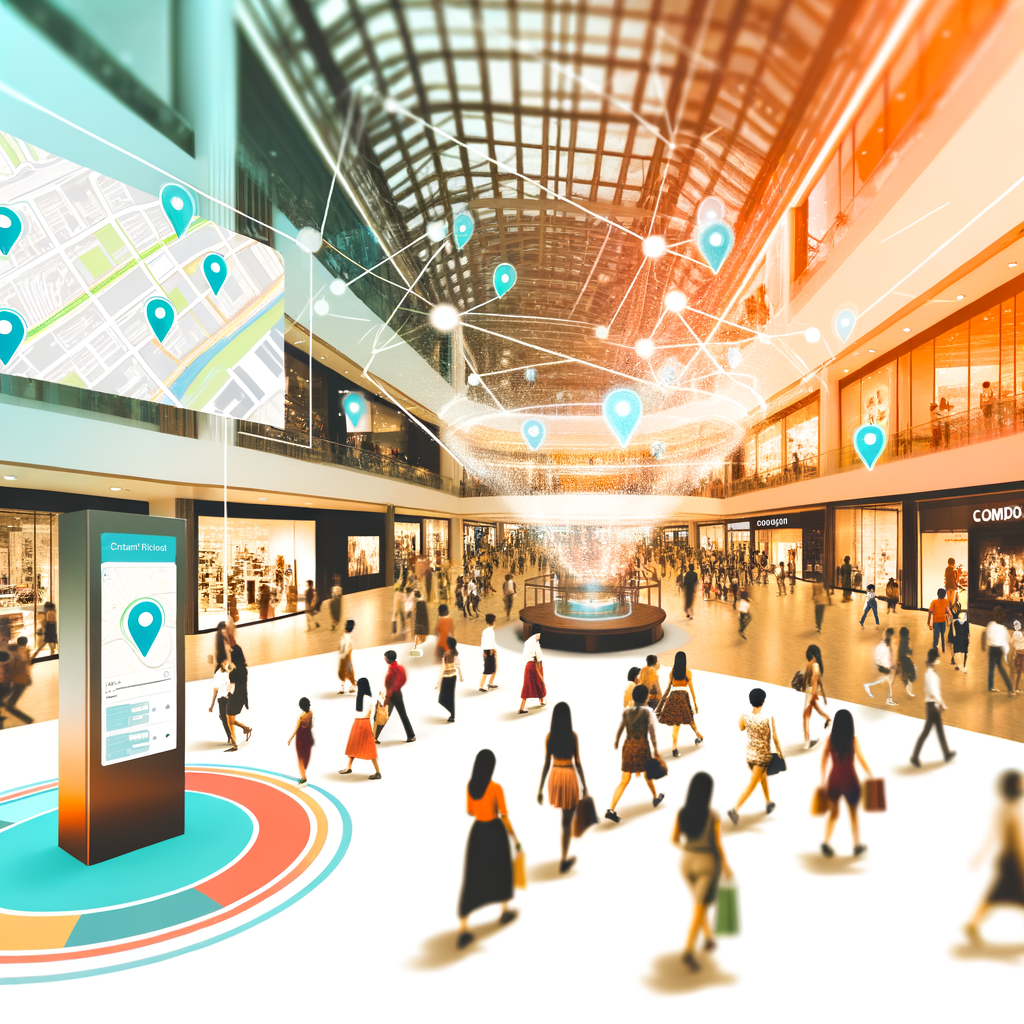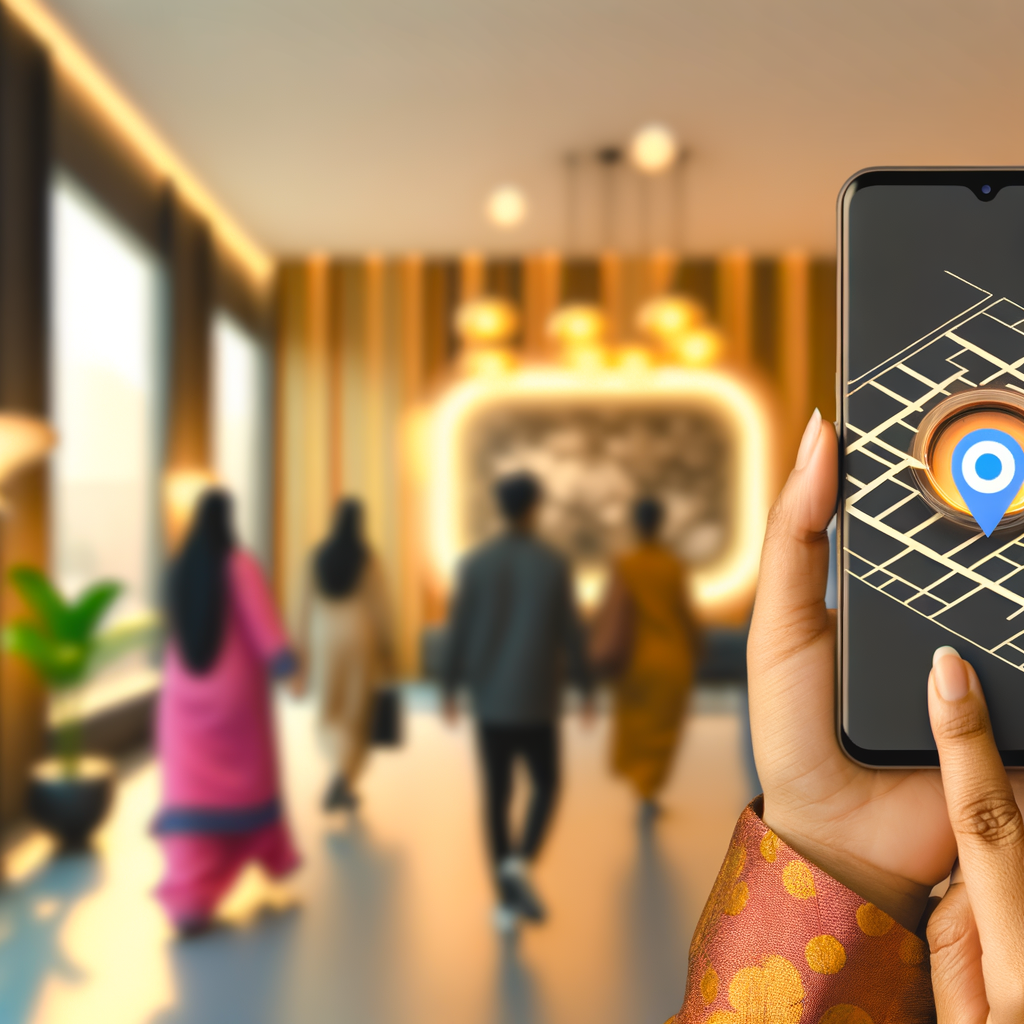Using smart maps to analyze foot traffic data can unlock a treasure trove of insights that help optimize the allocation of space within a shopping mall. Imagine being able to see where shoppers naturally congregate, which paths they prefer, and which stores drive the most traffic. With smart maps, this kind of data isn’t just possible; it’s readily available and actionable. For mall managers, this information serves as the foundation to make informed decisions about store placement, lease negotiations, and even marketing strategies.
Think about the implications for electronic signage companies. Smart maps can direct content strategies by showing which areas in the mall get the most visibility. This data not only informs where digital displays should be placed but also guides what content might best engage shoppers in specific locations. This means signage can be more than just an attractive display; it becomes a tool for engagement, driving foot traffic to key areas and boosting both retailer success and overall customer satisfaction.
For electronic kiosk companies, understanding foot traffic patterns can transform your approach to user interaction. Knowing peak traffic times and high foot traffic areas allows you to optimize kiosk placement for maximum visibility and use. This doesn’t just enhance the user experience—it ensures your kiosks are in prime locations, providing necessary services, information, or promotions when and where they are most needed.
Shopping plaza owners, on the other hand, can utilize this data-driven insight to enhance tenant mix and adjust rent based on store success and footfall analytics. Imagine being able to provide prospective tenants with concrete data on expected foot traffic, or justify rental adjustments using hard evidence rather than intuition. This makes for smarter leasing decisions and better relationships with tenants, all while maximizing the mall’s financial performance.
Moreover, by leveraging insights from smart maps, mall managers can better plan and implement mall layouts and renovations that reflect actual consumer behavior trends, rather than assumptions. This leads to a more enjoyable shopping experience for customers, ultimately increasing visit durations and enhancing revenue potential for all stores.
What makes this technology truly exciting is the potential it has to shift day-to-day operations from reactive to proactive. Instead of waiting to see how changes might impact traffic or sales, managers can forecast potential outcomes using simulated scenarios generated by foot traffic data. This allows for testing different mall layouts or signage campaigns without real-world trial and error, saving time and resources.
In today’s competitive retail environment, where online shopping is ever-growing, maintaining relevance and drawing customers into physical spaces is more critical than ever. By integrating smart map technology, electronic signage and kiosk companies, alongside mall managers and owners, can craft a more dynamic, responsive, and engaging shopping environment. It places the power of data directly into the hands of those who can use it most effectively, leading to increased efficiency, improved customer experiences, and, ultimately, enhanced business success.
So why should you care? Because smart maps offer a window into your customer’s world—unveiling paths to optimization and growth that were previously hidden. In embracing these insights, you’re not just staying ahead; you’re leading the charge into a smarter, more strategic future of retail.




